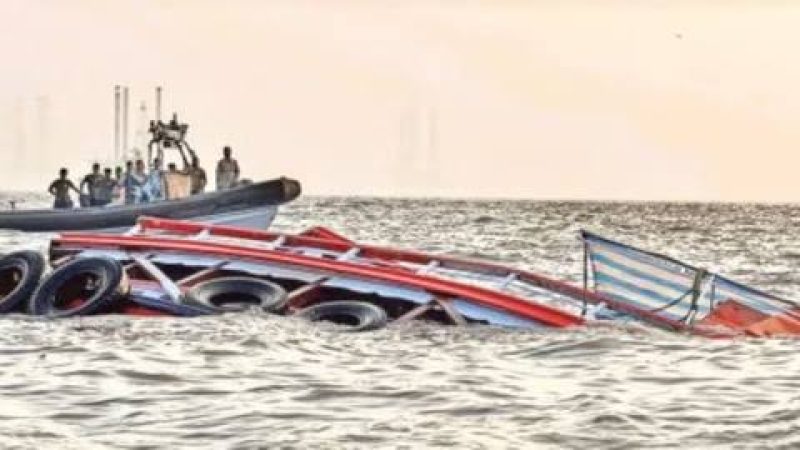- CA Yunus pays homage to Liberation War martyrs on Victory Day |
- Bangladesh capital market extends losing streak for second day |
- Bangladesh celebrates Victory Day Tuesday |
- 'Different govts presented history based on their own ideologies': JU VC |
38 Dead, 100 Missing in Congo Ferry Capsize on Busira River

At least 38 people have been confirmed dead and more than 100 others are missing after a ferry capsized on the Busira River in northeastern Congo, according to local officials and eyewitnesses. The disaster occurred late Friday, with the vessel reportedly overloaded with people returning home for Christmas. As of Saturday, 20 survivors have been rescued.
The tragedy comes just days after another boat disaster in the same region, where 25 people were killed in a similar incident. The ferry involved in Friday’s capsizing was part of a convoy of vessels, primarily carrying merchants returning to their hometowns for the holiday season, said Joseph Kangolingoli, the mayor of Ingende, the last town on the river before the site of the accident.
Ingende resident Ndolo Kaddy, who witnessed the event, stated that the ferry was carrying over 400 passengers, as it made stops in both Ingende and Loolo before heading to Boende. This suggests the death toll could be higher than initially reported.
Despite repeated warnings from Congolese authorities about the dangers of overloaded boats, the problem persists. Local officials have pledged to enforce safety measures, but many residents in remote areas have few transportation options other than the overloaded vessels, especially with roads often impassable due to conflict.
The capsizing has reignited criticism of the government’s handling of river transport safety. In the aftermath, Nesty Bonina, a prominent local government figure in Mbandaka, condemned authorities for their failure to ensure the safety of passengers, especially given the lack of flotation devices on the ferry. "How can a boat sail at night under the supervision of river agents and still end in such disaster?" Bonina asked. "Over a hundred people are dead, and this is unacceptable."
This latest tragedy highlights the increasing frequency of ferry accidents in the country. With roads often impassable due to clashes between security forces and rebel groups, many people continue to rely on dilapidated boats, which are often dangerously overloaded with passengers and goods. In October, a similar boat disaster in eastern Congo killed 78, while another tragedy in June near the capital Kinshasa claimed 80 lives.
The rising death toll is a stark reminder of the urgent need for better transportation infrastructure and enforcement of safety regulations in one of the world's poorest countries.

